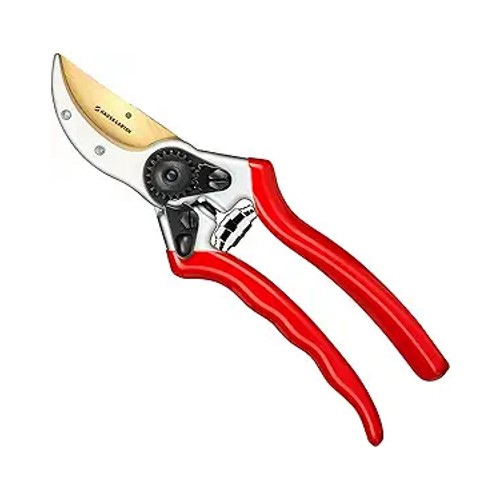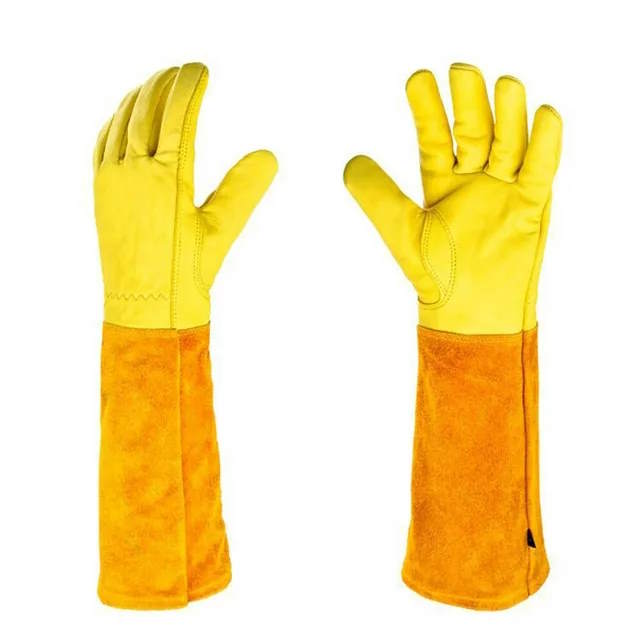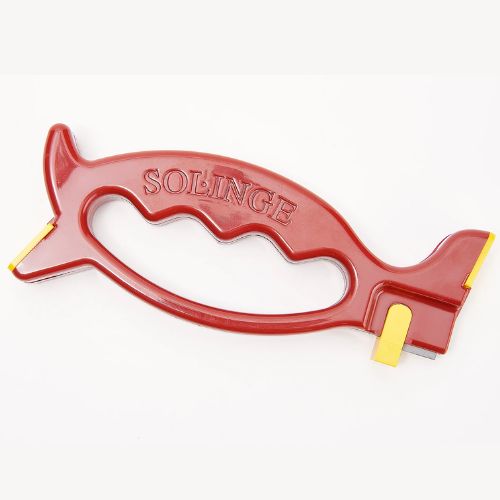Best ground cover plants to stop weeds – expert-approved options to keep uninvited plants out of your yard
These ground cover planting options will form a dense carpet to prevent weeds from taking over
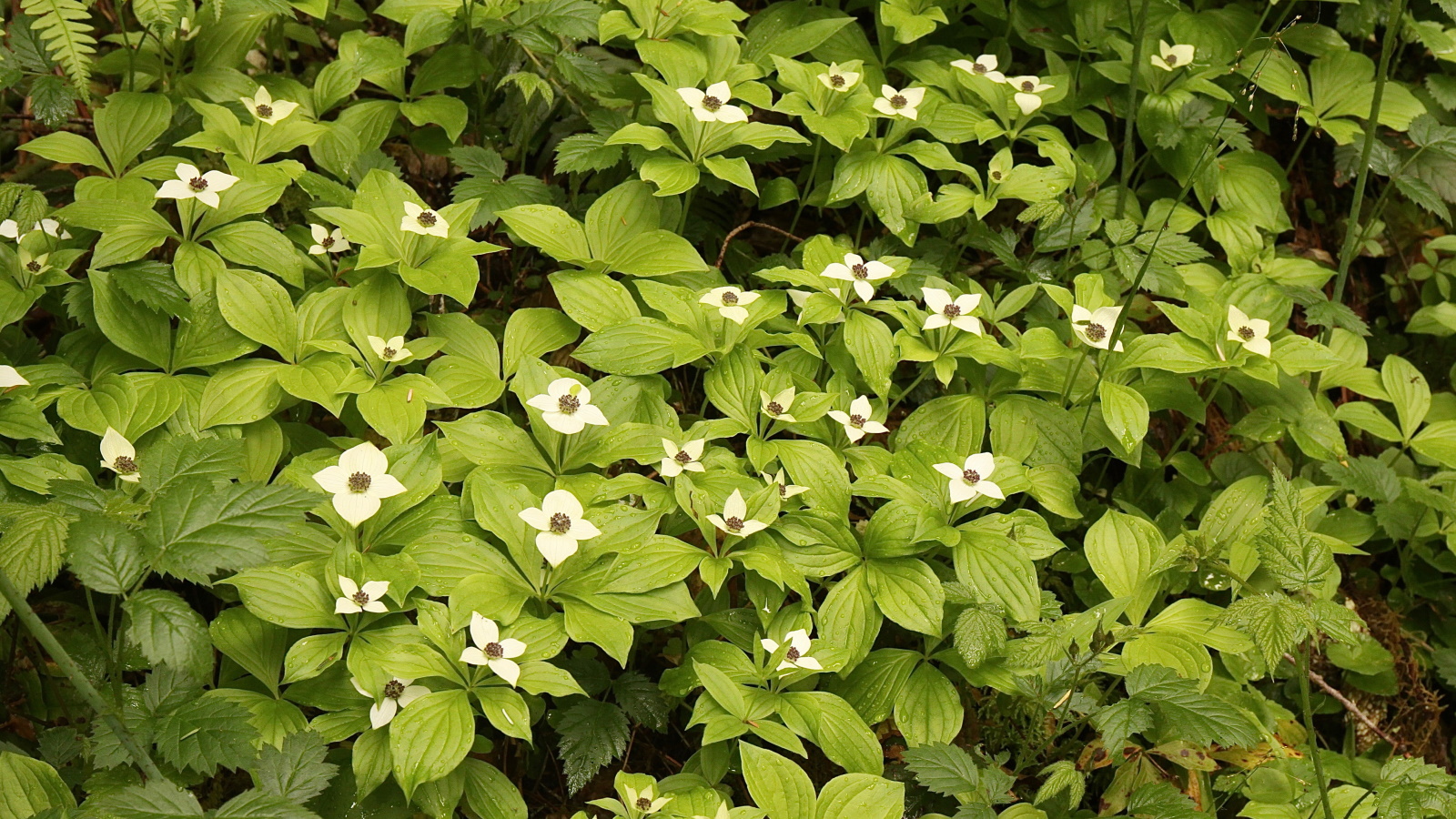

When landscaping any yard, thinking about plants that grow low to the ground is just as important as choosing impressive specimen shrubs and trees. Ground cover plants are often forgotten because of their diminutive stature, typically growing along the surface of the soil, but despite their size, these plants are essential in any yard.
Ground cover plants are valued not for their height, but for their ability to form a dense carpet, covering patches of bare soil with attractive foliage and flowers. While this green covering is attractive, these are some of the best plants to stop weeds, and so are more than just an aesthetic addition. Ground cover plants are the gardener's best friend, helping with the job that most of us complain about: weeding.
When grown correctly, ground cover plants can form an impenetrable layer, reducing the opportunities for weeds to set seed and grow. Fortunately for us, many of the best ground cover plants can prevent weeds from germinating, helping to remove one job from your summer gardening checklist. As a professional gardener, I have grown many of these plants in gardens across England, Wales and Italy, and can testify to their ability to keep weeds out. Here, I share 7 of the best ground cover plants to stop weeds.
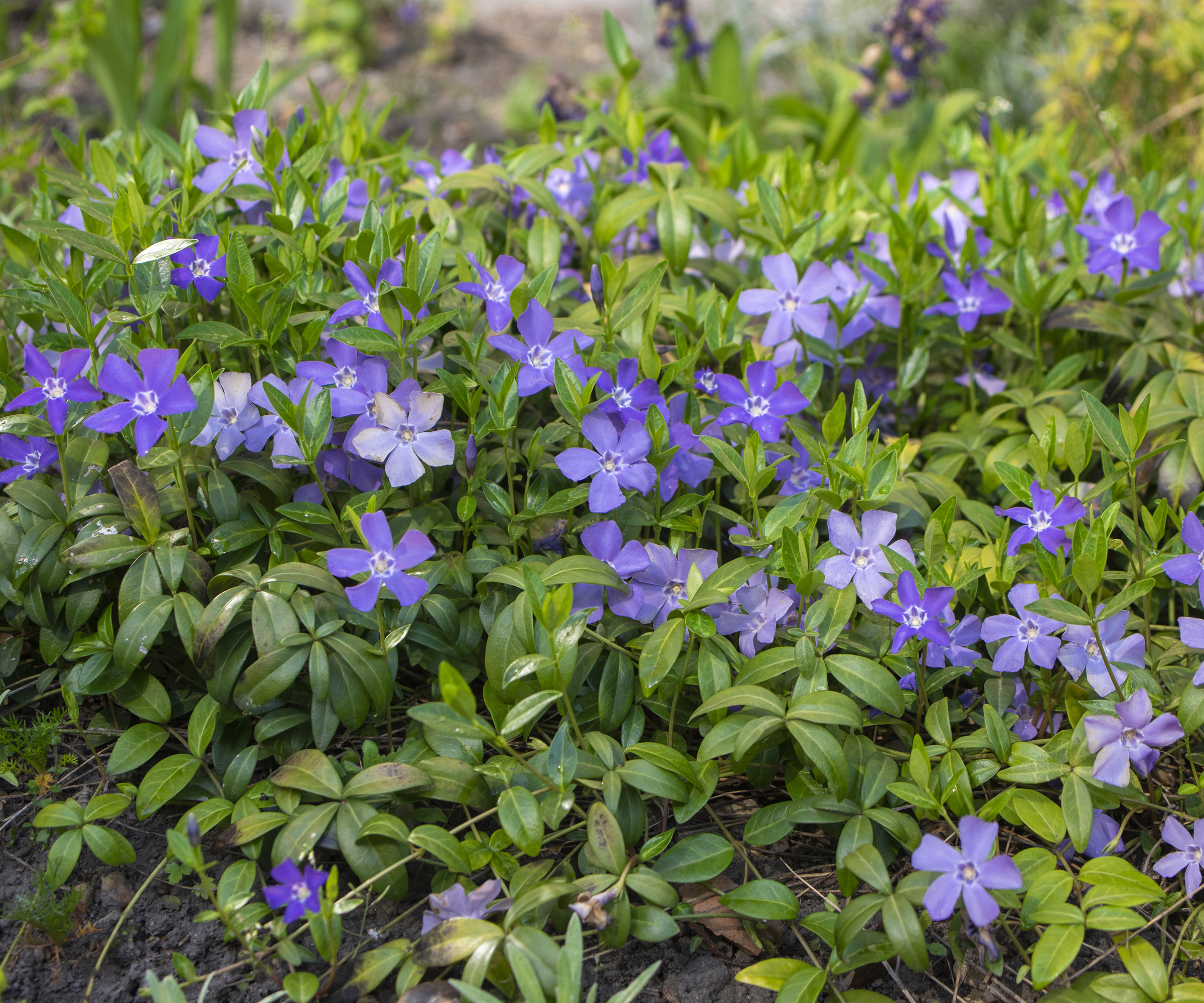
Best ground cover plants to stop weeds
There are many different ground cover options to choose from. Whether you are looking for full sun ground cover plants or pet-friendly ground cover plants, there will be a plant that suits your needs and tastes. The following options are weed-suppressing ground cover plants that I have grown and know will out-compete troublesome and unwanted plants.
1. Lamb's Ear
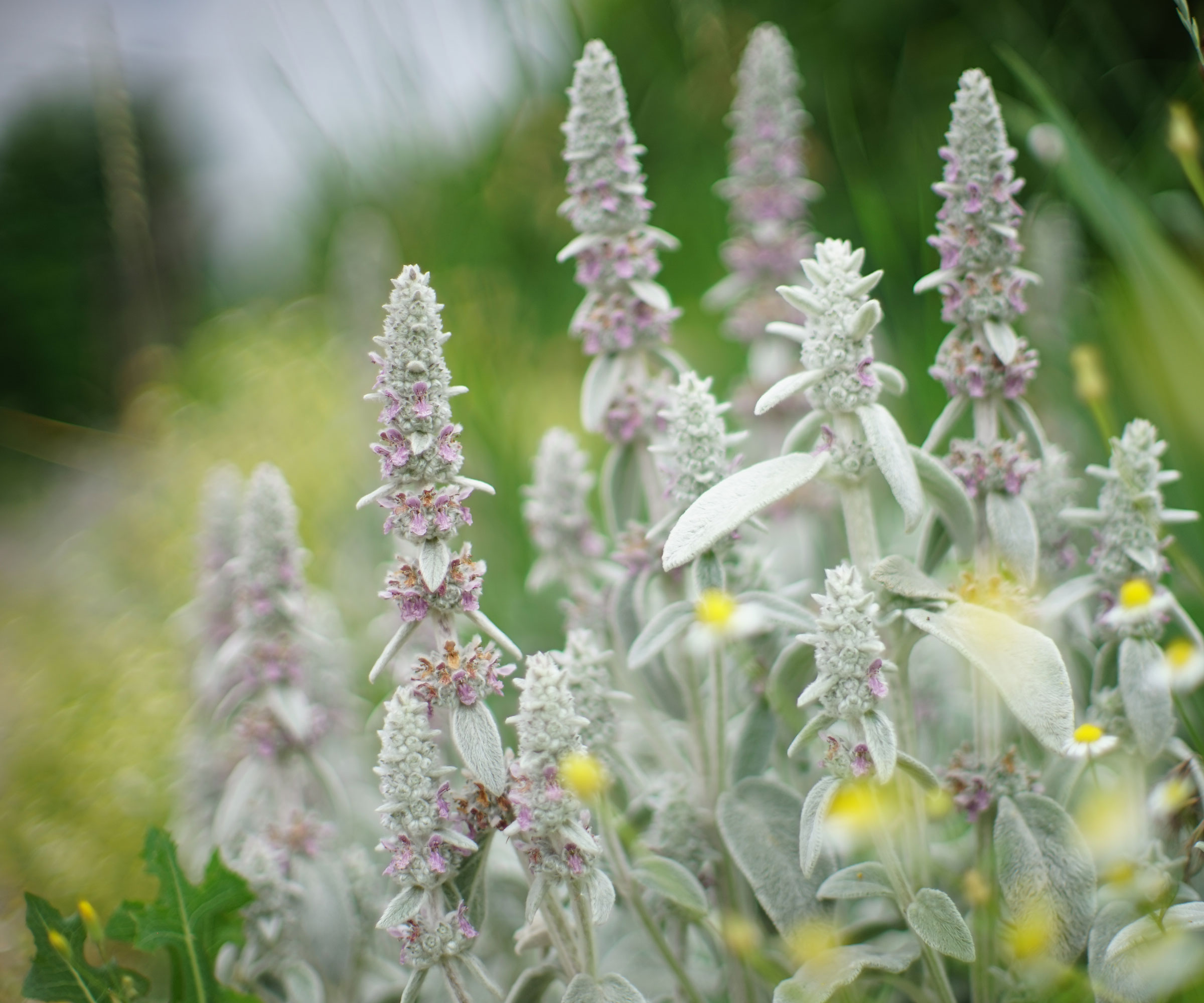
Lamb's ear, Stachys byzantina, is an aromatic plant that is well suited to sunny yards. I grew this ground cover when working as a gardener in Tuscany, admiring the attractive silver foliage that formed a dense mat along the edge of a dry gravel garden.
Lamb's ear is a member of the mint family, Lamiaceae, and is native to Turkey, Armenia and Iran. For this reason, it will thrive in hot temperatures and dry conditions, often considered one of the best drought-tolerant ground cover plants for warm and southern regions. When working in Tuscany, this plant required little attention through long and hot summers, keeping the weeds at bay with little attention.
'One of the best plants with silver foliage, lamb's ear is a great hardy species that can be grown in cooler regions, such as US hardiness zone 4, and warm regions, like US hardiness zone 9,' says Bert Bast, garden expert and owner of Bast Brothers Garden Center.
'I recommend planting on mass, creating a ground cover layer to keep weeds away,' Bert adds. 'What's more, the silver foliage will compliment any flowering perennials in your yard, working well with pink and purple blooms.'
Lamb's Ear starter plants are available from Walmart.

Bert Bast is a garden expert and owner of Bast Brothers Garden Centre. Established in 2014 and nestled in the heart of Mullica Hill, NJ, Bast Brothers Garden Center is a destination for all things garden.
2. Pachysandra

For evergreen ground cover plants, I do not think there is a better plant to grow than pachysandra. Growing best in US hardiness zone 5 and above, Japanese spurge, or Pachysandra terminalis, has an attractive serrated leaf that adds year-round greenery to any beds and borders.
I have grown pachysandra in many gardens across London, many of them in part-shade or full-shade. While this plant can be grown in sunny spots, I would advise against it, as the foliage can turn yellow in direct sunlight.
Pachysandra can be slow to establish, but within 1 to 2 years it will form an evergreen matting with a dense root network that makes life very difficult for opportunistic weeds. In addition, while this plant is mostly known for its foliage, once established and happy, it can produce a bounty of small white flowers in spring. Pachysandra bare-root plants can be ordered online from Walmart.
3. Mind-your-own-business
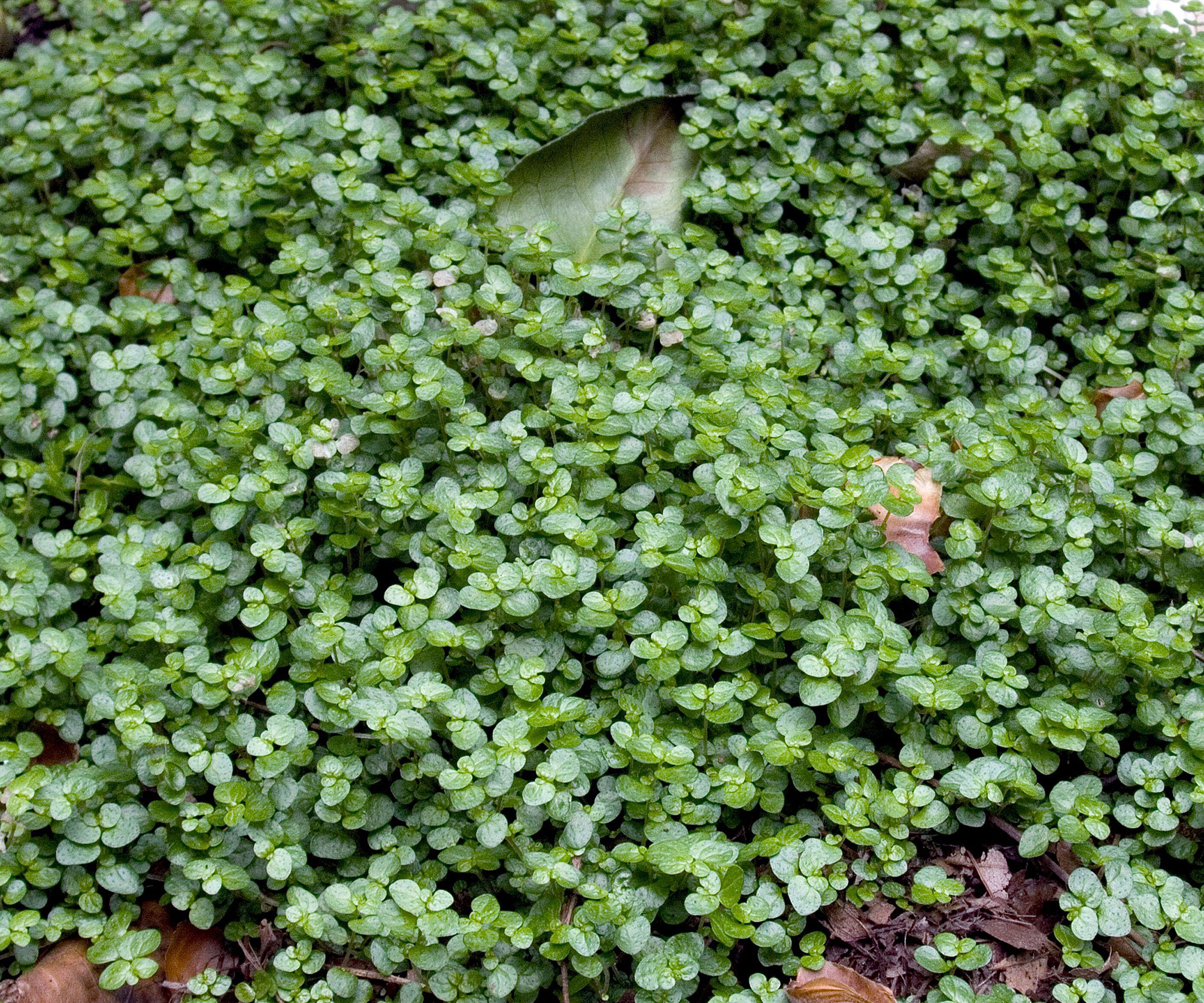
Another option for a ground cover plant to stop weeds is Soleirolia soleirolii, otherwise known as mind-your-own-business. I have grown this cress-like ground cover in several gardens over the last ten years, and find it works best when planted in between stepping stones or along the edge of pathways.
In cooler regions, mind-your-own-business will not survive frost and snow, so this plant is best suited to warmer and humid climates found in southern regions such as US hardiness zone 10. While this plant does prefer mild weather, it also grows best in shade, so using this plant in woodland gardens or darker spots in the yard is a good idea.
Mind-your-own-business plants are available to buy online from Walmart.
Shop weeding accessories
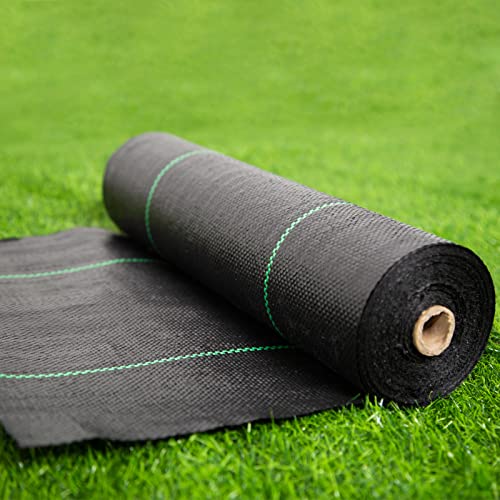
Made from a thick woven fabric, this heavy duty and durable weed barrier will keep your garden and flower beds free of weeds for a long time.
4. Pittosporum
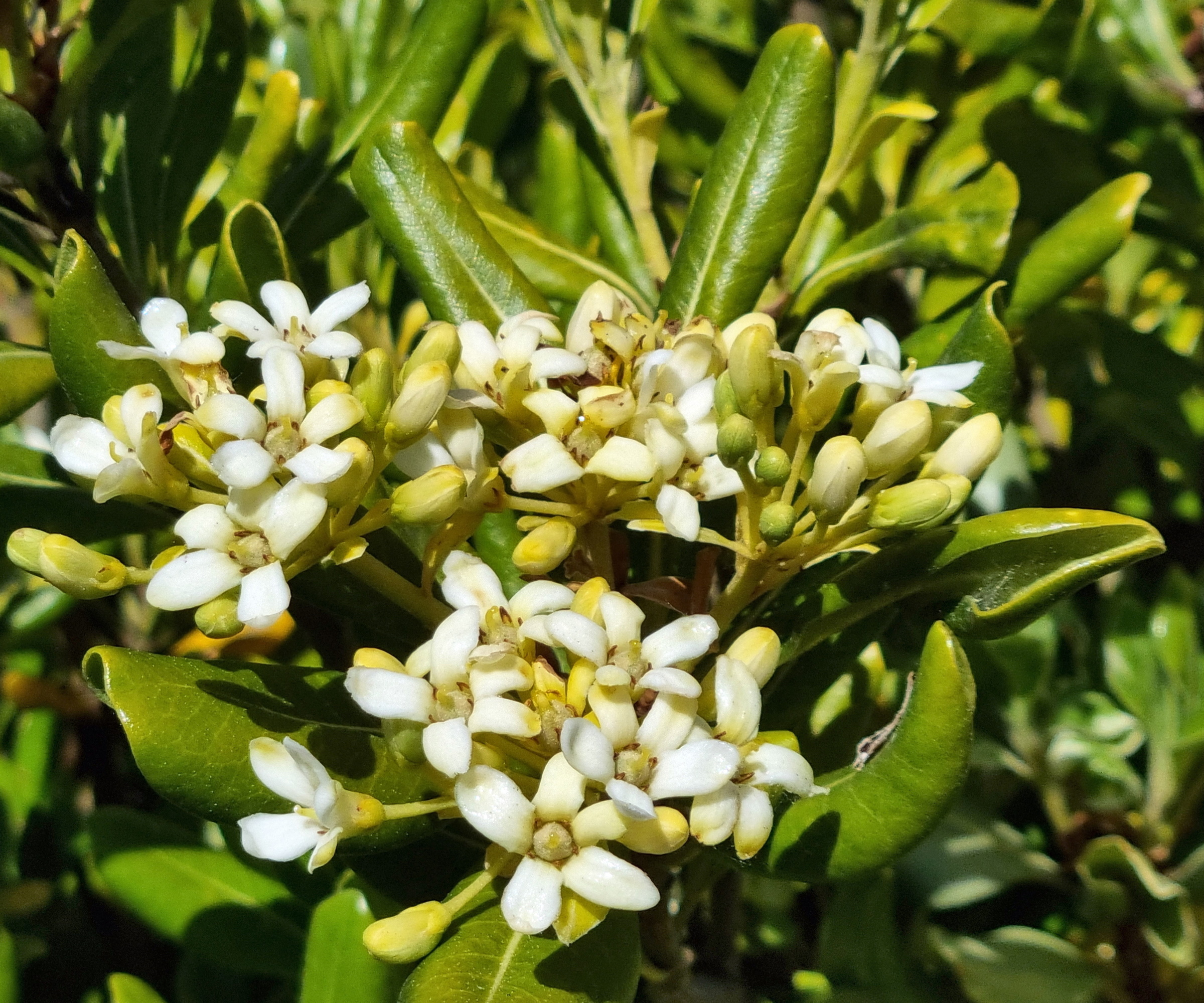
There are over 200 species of pittosporums, commonly referred to as cheesewoods. Native to Asia and Oceania, these shrubs are striking plants, displaying unique and attractive evergreen foliage that can add a verdant accent to any yard, particularly if you are landscaping with evergreens.
While the plant family is large, several pittosporums have a low-growing habit, making them suitable for growing as ground cover plants to stop weeds. When working as a gardener in London, I grew Pittosporum tobira 'Nanum', as can be seen in the image above. This variety is ideal to grow as ground cover, with a bushy and compact habit that will fill borders.
Pittosporum are tender plants, able to withstand temperatures no less than -5°C/23°F. For this reason, these evergreen shrubs are best suited to mild regions, growing best in US hardiness zone 8 and above.
Pittosporum plants are available to order online from Amazon.
5. Phlomis
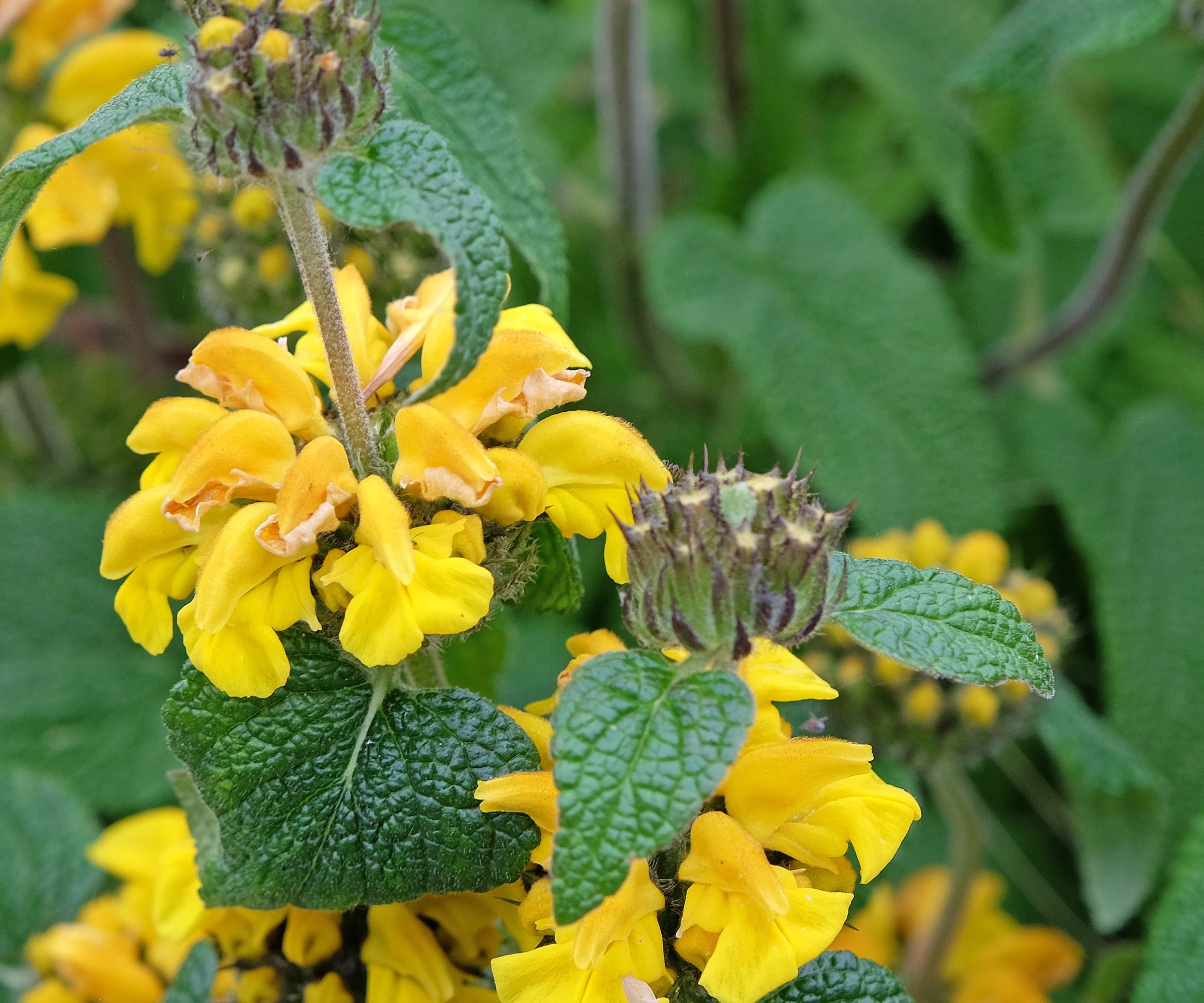
If you are seeking drought-tolerant planting ideas then phlomis is a good option. Phlomis russeliana, commonly referred to as Turkish sage, is one of the best Mediterranean plants to grow, proving to be a versatile and resilient addition to the yard. Phlomis is hardy down to US hardiness zone 7.
While phlomis is often considered an ornamental perennial, in temperate and mild climates, the foliage is evergreen. I have grown Turkish sage in a sheltered yard previously, and the neat, compact grey-green foliage survived several winters in London.
When planted close together, the heart-shaped leaves will form a ground cover layer, only to erupt with tall yellow flower spikes early in the spring. Do not deadhead your phlomis plants to allow for seed production and dispersal. While the brown and fading blooms might appear a little unsightly in late spring, a small amount of patience will mean that your phlomis collection grows.
Phlomis seeds are available to buy online from Amazon.
6. Bugleweed
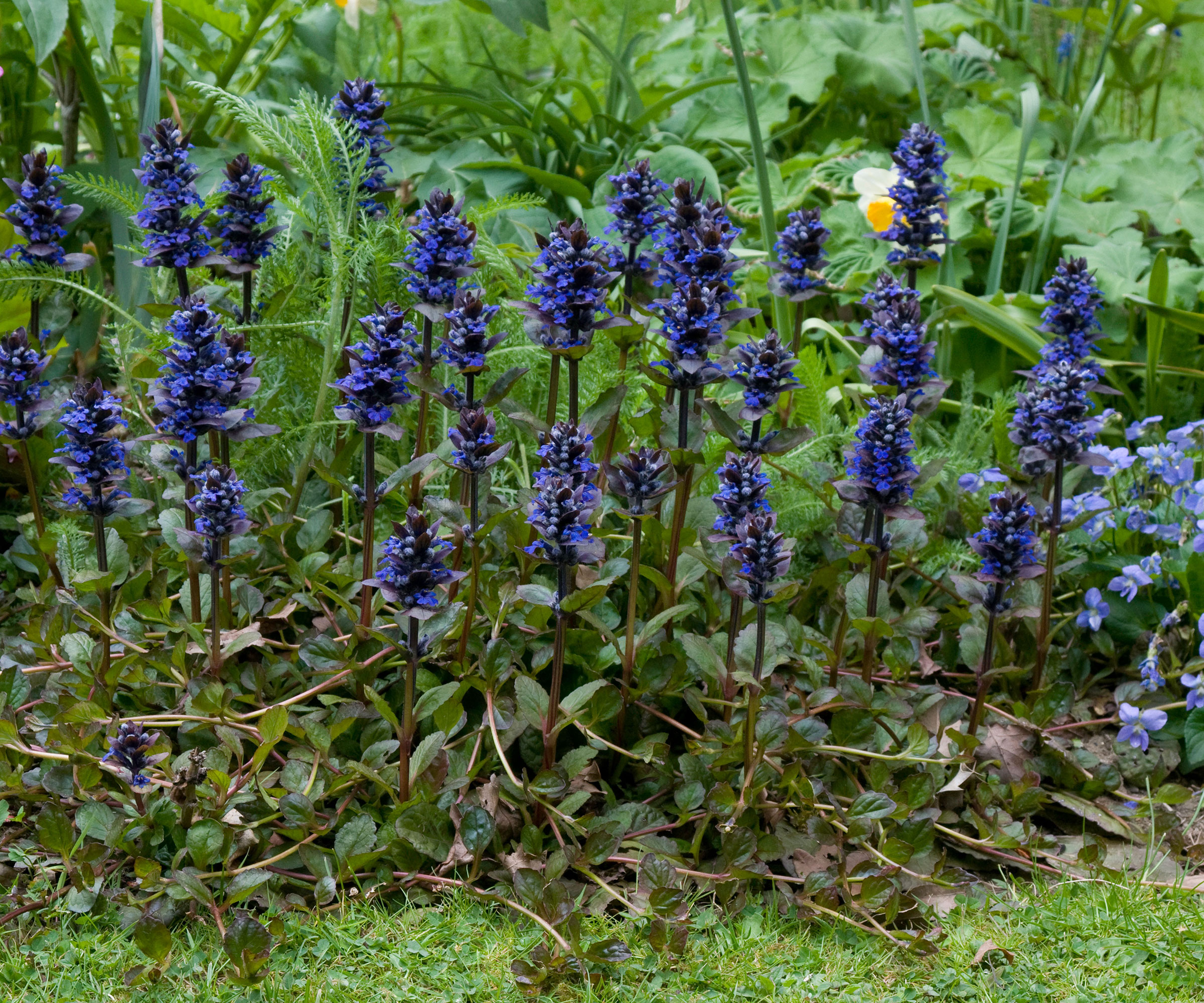
Bugleweed is a highly attractive but subtle plant that can add a purple or bronze twist to backyard borders. Growing no taller than a few inches off the ground, bugleweed is often thought of as one of the best walkable ground cover plants, useful for those gardeners seeking grass and lawn alternatives. What's more, purple flower spikes emerge in spring, known to attract bees, butterflies and moths. It can be grown almost anywhere, from US hardiness zone 3 to zone 10.
Bugleweed, Ajuga reptans, grows best in part shade. I have found that morning sunshine with afternoon shade is the best combination for this woodland plant, a common sight across much of the UK.
I have grown this vigorous plant in gardens across England, and while it has been manageable here, it is considered invasive in parts of North America, so it is best to check with your local municipality before planting.
Small bugleweed starter plants are available to buy from Walmart.
7. Bunchberry dogwood
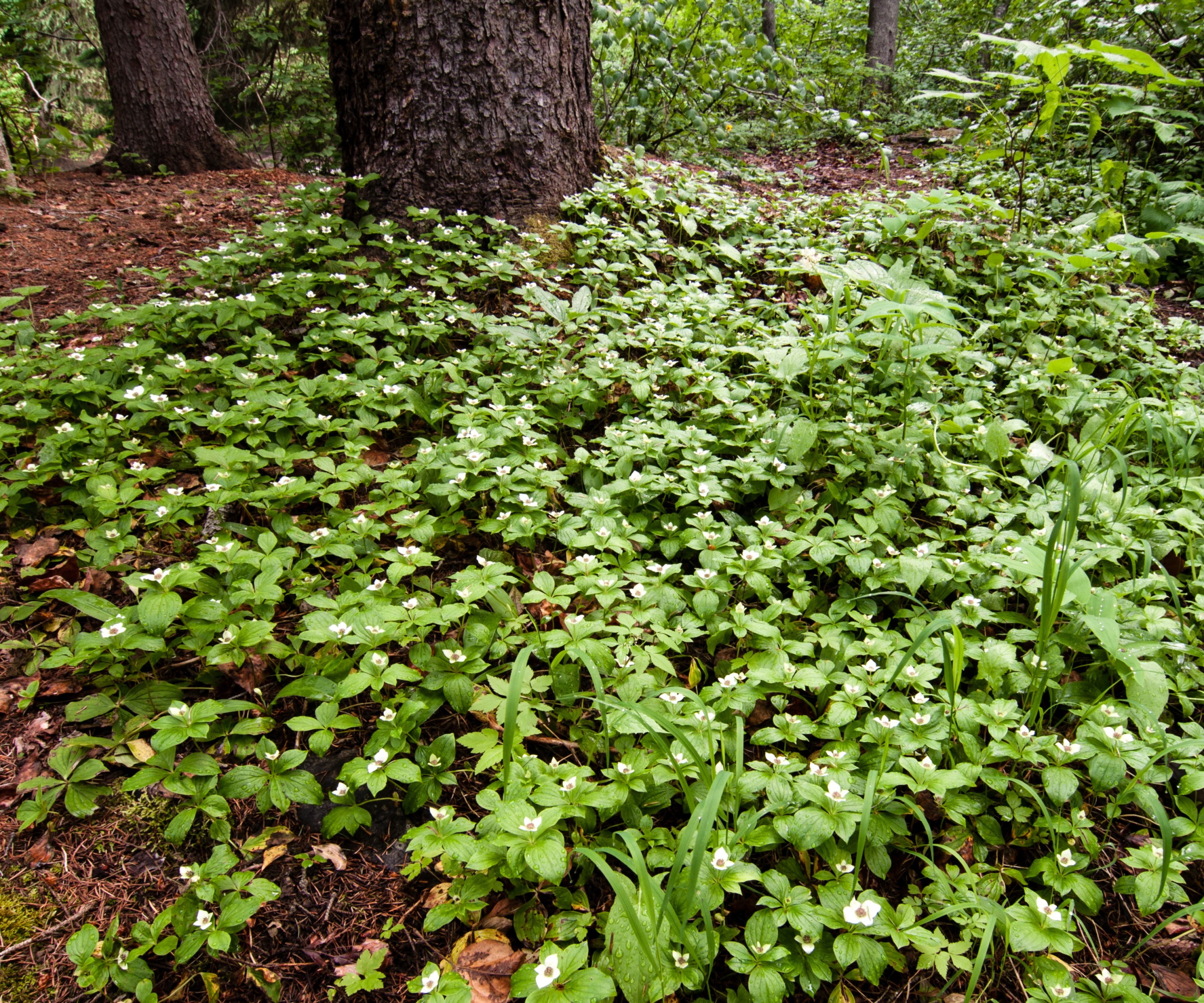
Bunchberry dogwood, Cornus canadensis, is one of only three low-growing dogwoods. Native to North America, this hardy species can be grown in US hardiness zone 3 to US hardiness zone 6, typically found in woodlands throughout the cooler and temperate states.
Learning how to grow bunchberry dogwood is relatively straightforward, preferring a shady spot and moisture-retentive soil. 'Bunchberry dogwoods will quickly form a relatively dense carpet,' says Dr Ross Bayton, Director at Heronswood Garden in Kingston, Washington.
'Gardeners should be advised that bunchberry dogwoods are deciduous plants, losing their foliage in the fall,' Ross adds. 'In spring, each low growing stem produces a large white-bracted flower, before red berries emerge later in the growing season.'
While this plant is not overly vigorous, its rhizomatous roots will creep, extending this dense dogwood carpet each year. Bunchberry dogwood plants are available to buy online from Walmart.

London-born botanist and gardener Dr Ross Bayton gained his PhD at the Royal Botanic Gardens, Kew, studying the classification of tropical palms. He’s the author of several books on horticulture. He is now the director of the world-renowned Heronswood Garden in Kingston, Washington, and is developing a 5-acre garden at home in nearby Bremerton.
FAQs
What is the best ground cover for a sunny yard?
I recommend using ground cover plants with silver foliage if you have a yard in full sun. Silver foliage plants, such as lamb's ear, Stachys byzantina, can tolerate direct sun and dry conditions, while also forming a dense carpet that will prevent weeds from spreading.
Incorporating these weed-suppressing ground cover plants in your borders is a surefire way to keep unwanted plants out of the yard. What's more, many of these options have striking foliage and flowers, adding color to those challenging areas under established shrubs and trees. For more low-growing planting, see our guide on how to grow ground cover roses, for romantic blooms in your borders this year.
Best tools for ground cover plants
Sign up to the Homes & Gardens newsletter
Design expertise in your inbox – from inspiring decorating ideas and beautiful celebrity homes to practical gardening advice and shopping round-ups.

Thomas is a Content Editor within the Gardens Team at Homes and Gardens. He has worked as a professional gardener for both public spaces and private estates, specializing in productive gardening, growing food and flowers. Trained in Horticulture at the Garden Museum, he has written on gardening and garden history for various publications, including The English Garden, Gardens Illustrated, Hortus, The London Gardener and Bloom. He has co-authored a Lonely Planet travel book, The Tree Atlas, due out in 2024.
-
 7 native perennials to plant in April – for glorious flowering displays to attract bees, butterflies, and hummingbirds
7 native perennials to plant in April – for glorious flowering displays to attract bees, butterflies, and hummingbirdsDiscover some of the best perennials to plant in April to make your garden a hotspot for wildlife
By Drew Swainston Published
-
 Martha Stewart's smart laundry room shelving makes exceptional use of every inch of wall space – it will turn your smallest area into an ultra-functional space
Martha Stewart's smart laundry room shelving makes exceptional use of every inch of wall space – it will turn your smallest area into an ultra-functional space'You can greatly expand the usability of your space by just installing some of these great shelving units': You can follow her technique for under $34
By Megan Slack Published
-
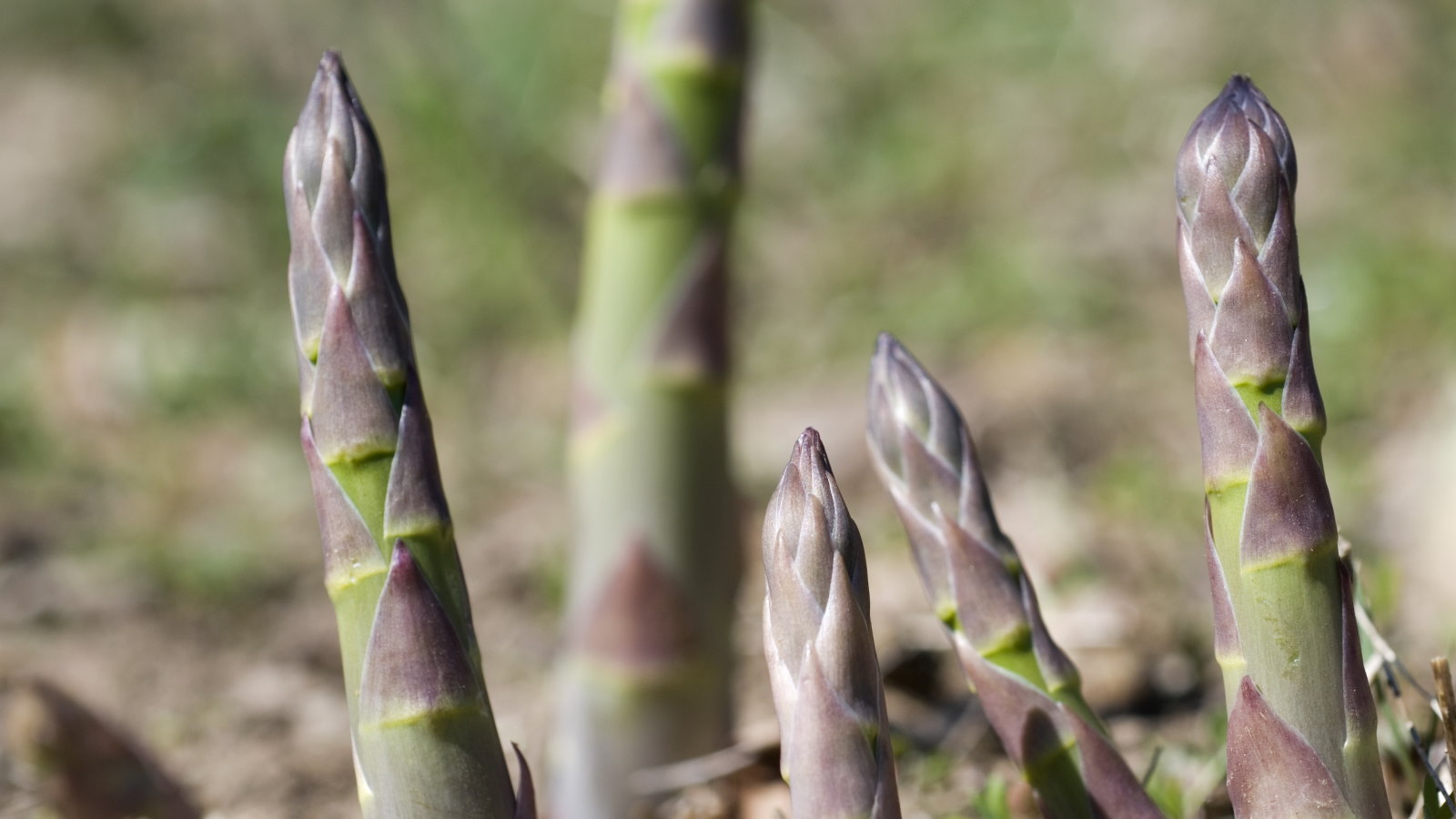 When and how to divide asparagus – expert tips to rejuvenate older plants for better yields
When and how to divide asparagus – expert tips to rejuvenate older plants for better yieldsDividing asparagus crowns is simple and rewarding, but you must get the timing right
By Drew Swainston Published
-
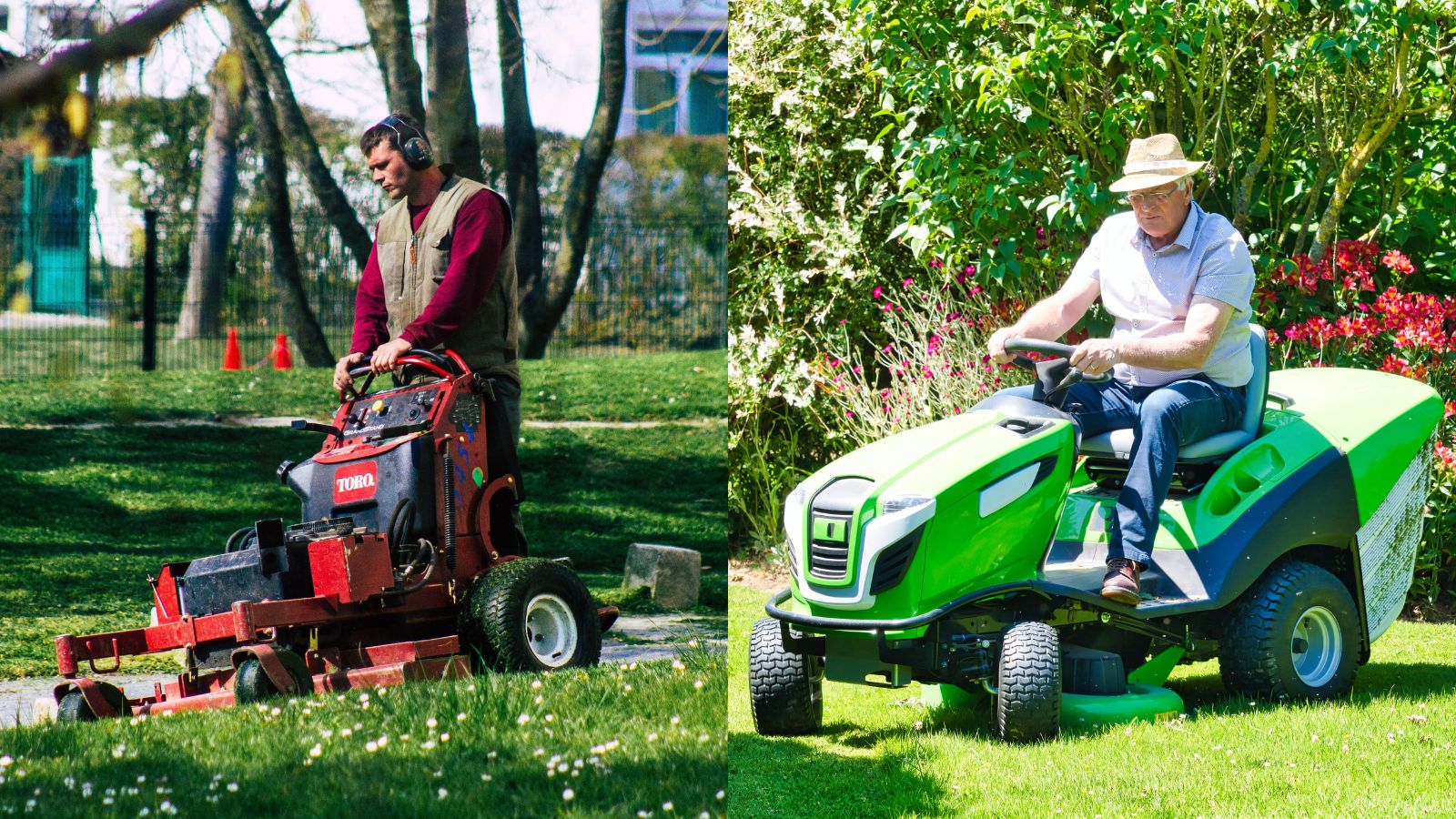 Standing mowers vs riding mowers – a mowing expert reveals which is best
Standing mowers vs riding mowers – a mowing expert reveals which is bestStanding mowers vs riding mowers is a heated debate among landscapers. I spoke to a landscaping expert to find out if standing mowers really are the best
By Alex David Published
-
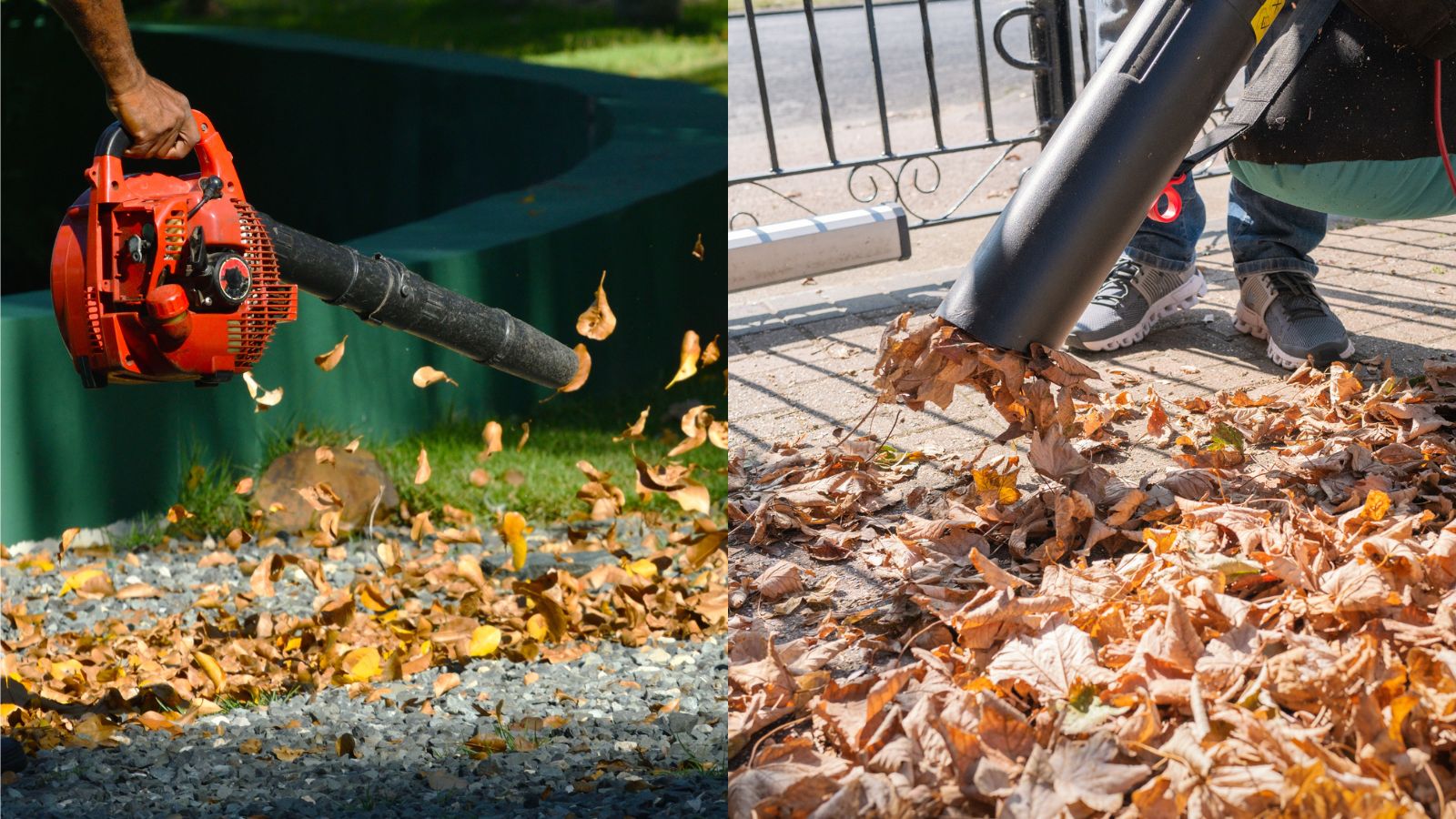 Leaf blowers vs leaf vacuums – which is best for your yard, and should you bother with either?
Leaf blowers vs leaf vacuums – which is best for your yard, and should you bother with either?It's not obvious which is best between leaf blowers v leaf vaccums. As a product tester, this is all you need to know about these controversial yard tools
By Alex David Published
-
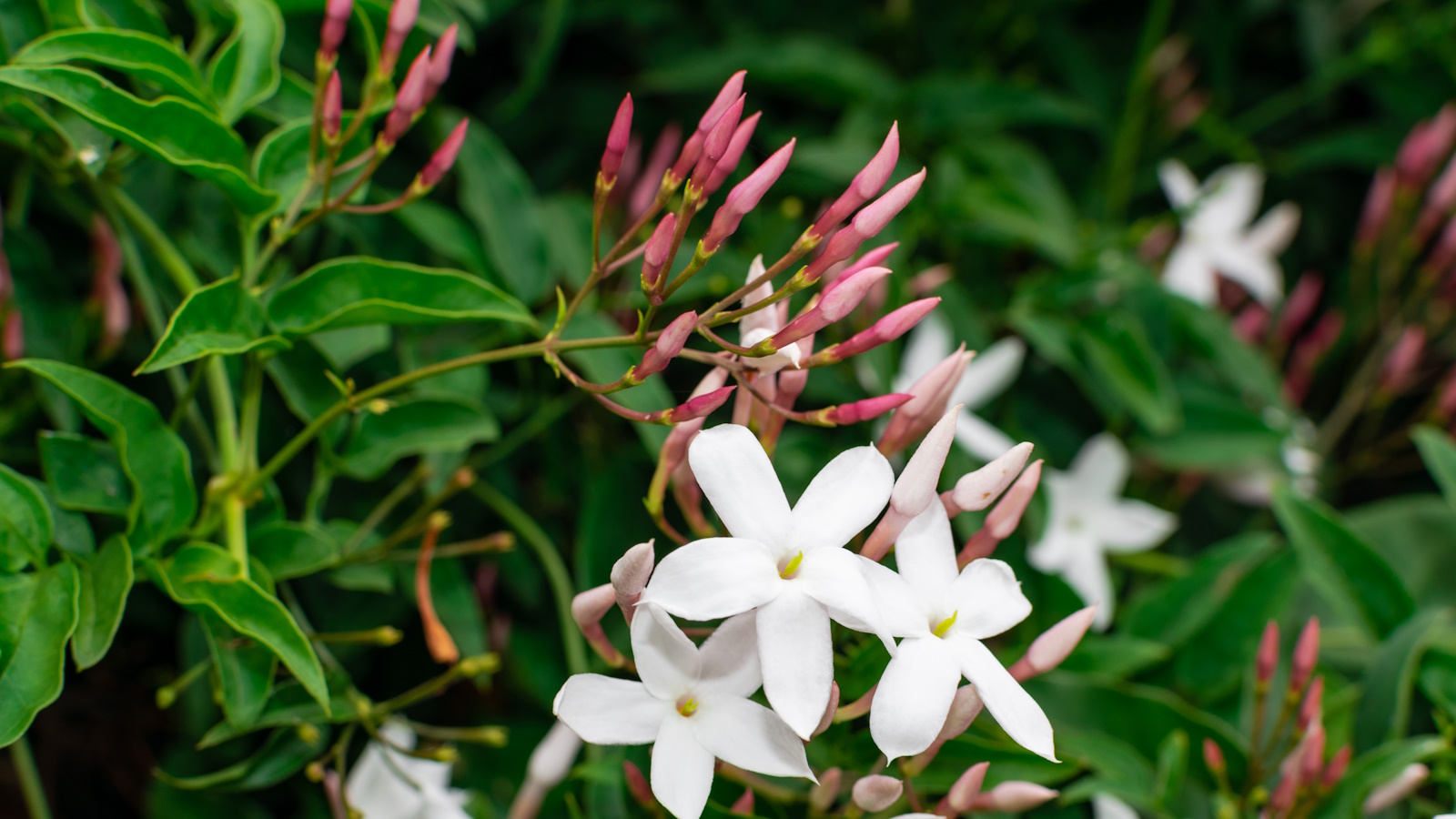 Pruning jasmine in late summer will ensure your plants bloom better than ever next year
Pruning jasmine in late summer will ensure your plants bloom better than ever next yearTiming is critical when pruning summer-flowering climbers
By Thomas Rutter Published
-
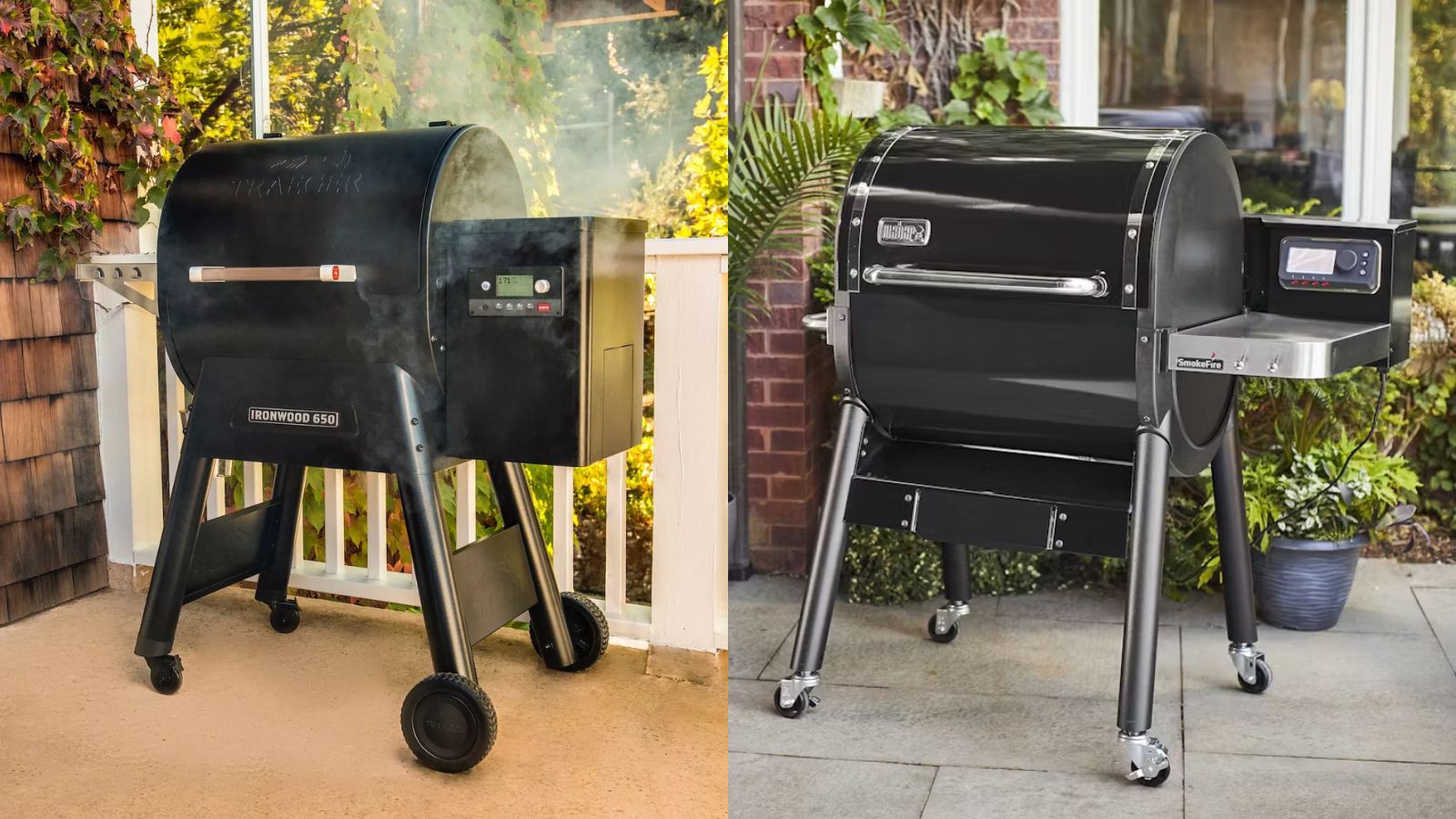 Weber vs Traeger – which pellet grill should I buy? Advice from a product tester
Weber vs Traeger – which pellet grill should I buy? Advice from a product testerThey're two titans of the grilling game, but who comes out on top between Weber vs Traeger? As a product tester, this is all you need to know about the brands
By Alex David Published
-
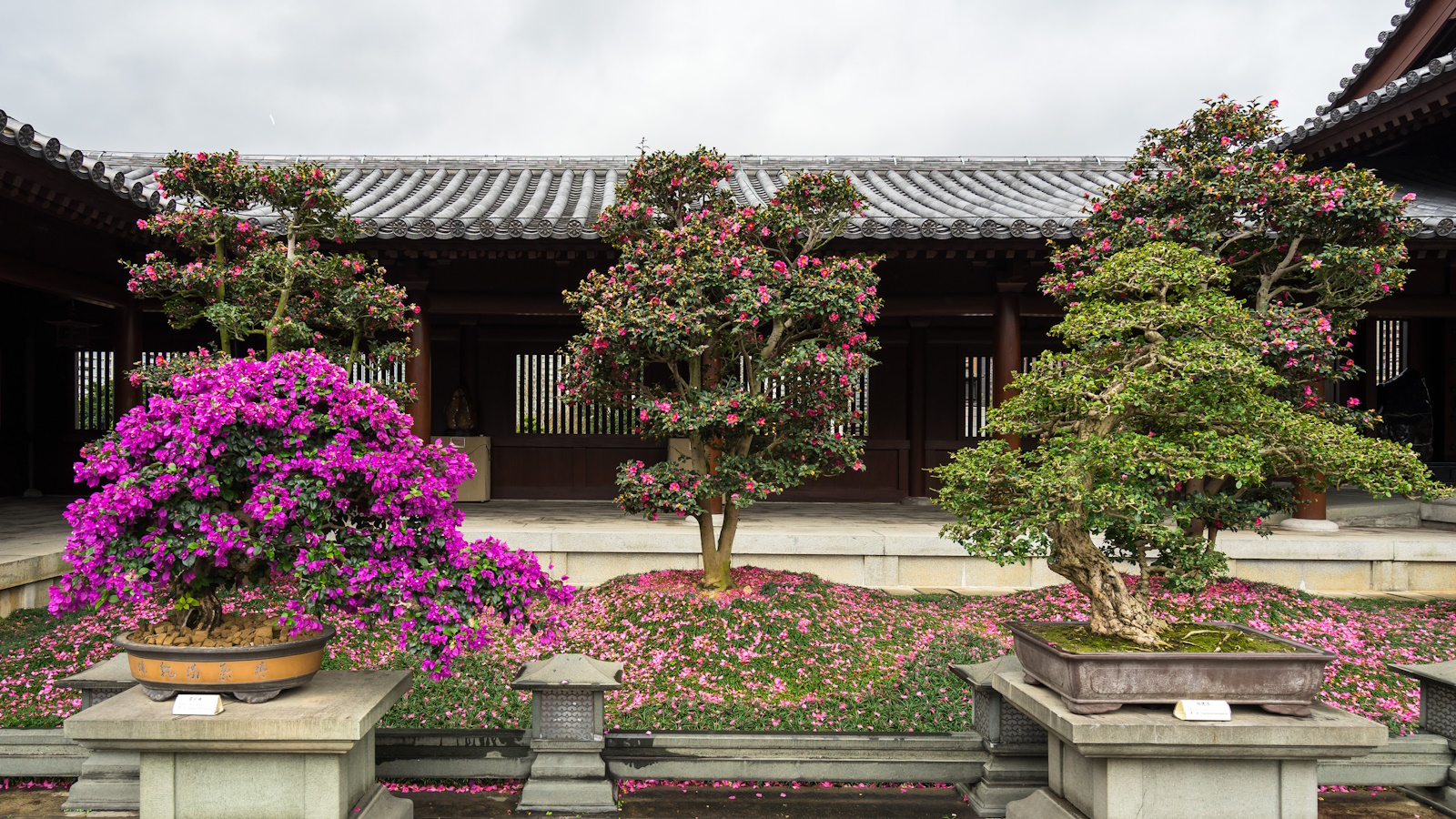 Bougainvillea in miniature – with a little patience, anyone can grow these vibrant plants in bonsai form
Bougainvillea in miniature – with a little patience, anyone can grow these vibrant plants in bonsai formGrowing bougainvillea bonsai trees can add impact to even the smallest of spaces
By Thomas Rutter Published
-
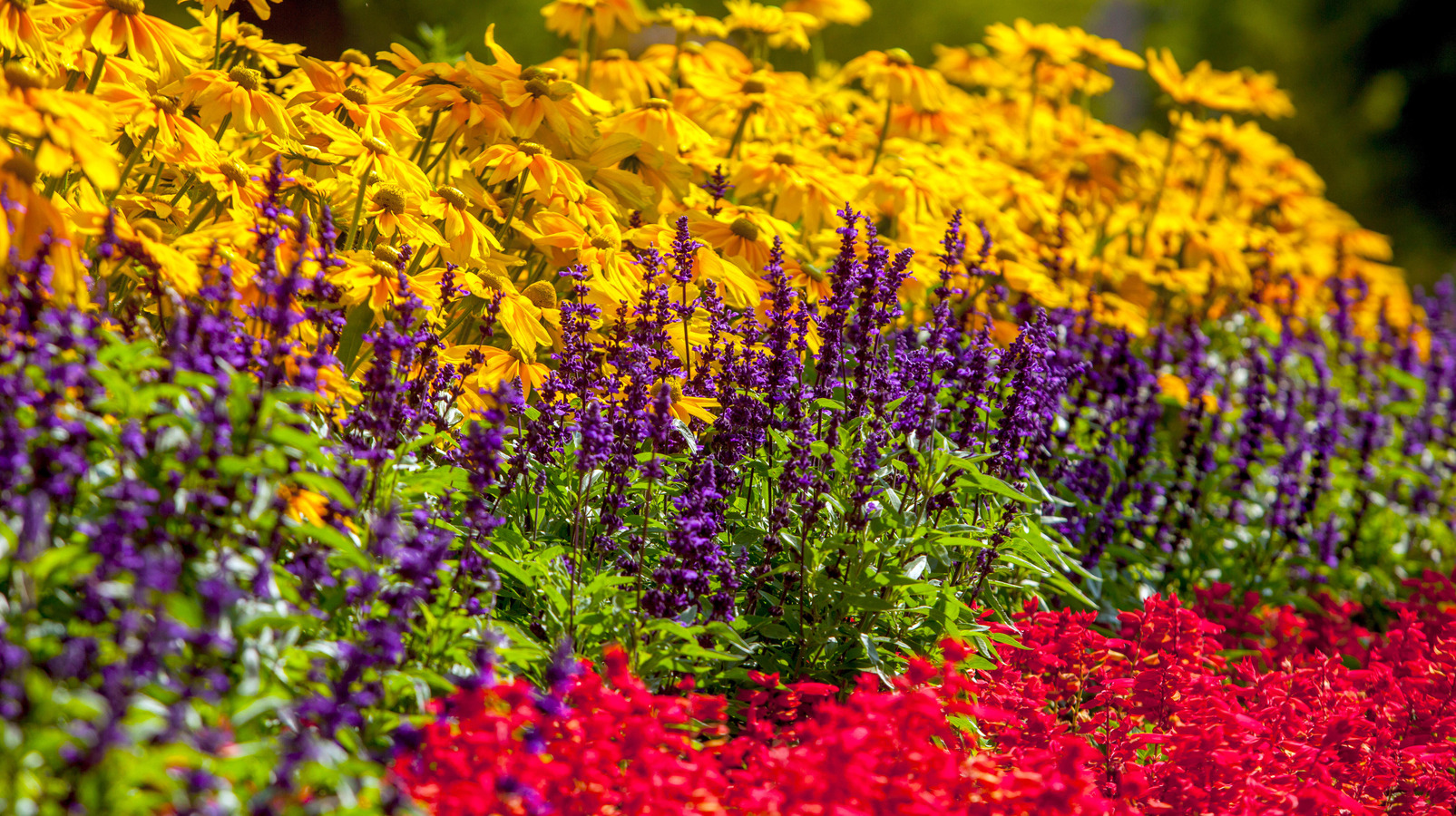 10 low maintenance, drought tolerant plants – for a beautiful and undemanding landscape
10 low maintenance, drought tolerant plants – for a beautiful and undemanding landscapeExpert plant picks for a thriving dry garden, that will make life easier and more colorful
By Jacky Parker Published
-
 How to grow eastern redbuds – the cherished native tree with striking spring blooms
How to grow eastern redbuds – the cherished native tree with striking spring bloomsAdaptable and reliable, eastern redbuds are tough trees that will not disappoint
By Thomas Rutter Published


